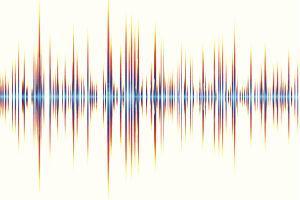 The following article proposes the steps that must be followed for a correct coordination of frequencies in a living expectacle.
The following article proposes the steps that must be followed for a correct coordination of frequencies in a living expectacle.
Juan David Moreno*
It is no secret to anyone that technology is advancing more and more by leaps and bounds, the implementation of new analog or digital transmission systems and the ease in which today we can acquire a wireless system, has generated an awakening in sound engineers focused on RF.
Aicional to this, the electromagnetic radio spectrum has become a problem, because the professional or amateur world wants to have fewer cables during their transmissions. New digital television technologies have worsened the panorama, leaving within the radio spectrum, very minimal spaces to operate our wireless systems or In Ears. That is why we cannot think that just by turning on our system we will operate without any interference or interaction with other wireless systems that are in the spectral environment.
The objective of this article is to provide the necessary tips that we must take into account so that within a Show all our microphones, personal monitoring systems, intercoms among others, work properly, for this we will use the same principles that apply to the management of audio waves, however it will be necessary to see some concepts of radio frequencies to understand the operation of them.
1. Perform a pre-event scan
Regardless of the brand of the tool or software that is being used to perform a frequency scan, we must start by making a measurement without anything being turned on (some manufacturers of wireless systems allow me to turn off the RF transmission while the system is still on), Lights-Screens-Microphones-In Ears-Intercoms, etc.
Having a panorama of the place will allow me to locate the frequencies (carriers ) that are in the environment and mark them with a name that allows me to identify them during the event. The objective of this pre-show scan will allow me to assign frequencies for my systems without interference. An aspect that we must take into account when making a coordination of frequencies is to identify analog and digital television channels, the latter having more importance since their bandwidth is much wider than that of an analog system and change in quantity and location according to the country where we are.
2. Take inventory of equipment to use
Due to the high congestion within the spectrum and even more with the appearance of digital channels, it is necessary to locate and name within our Scan (step number 1) the systems that we are going to use in the Show, differentiating these, from analog television channels, Intercoms, radio stations, lights, LED screens ... etc, using colors, names, zones and type of equipment. This is why each manufacturer has developed a specific mode of recognition that will allow you to know the range of frequencies or bandwidth where they operate. In certain software it will be necessary to have the following information in order for our analyzer to identify the frequencies that best suit us:
to. Manufacturer
b. Equipment reference EJ. PSM900-EW300 G3-TG1000... ETC.
c. Operating Range or Bandwidth
This last information is embodied in different ways according to the brand we are using, in some it will be a letter or in others a letter followed by a number which will be found on the front of the receiver or transmitter in the case of an In Ear, or we can also find it on the back of both; e.g. Shure L3, J5, H4 and in Sennheiser A, B, C.
On the other hand, providing this information to a software will allow us to ensure an adequate transmission and assignment of frequencies due to the intermodulations that may occur due to interaction between receiving or transmitting antennas, a topic that is very important when buying a team or installing the antennas within an event which has a good number of wireless systems.
3. What type of antenna is best for me?
To know what type of antenna we have to use, it is necessary to explain the different types of antennas, and what is the correct location and installation according to the sense of their polarization, directionality and gain.
When we refer to electromagnetic waves we talk about waves composed of two fields, one magnetic and one electric so we conclude that a radio wave is a series of electromagnetic variations that travel through space and its components are perpendicular to each other, however in order to determine the position of an antenna we must take into account its electrical component which will give us the sense of polarization and correct location. According to the above we have that a vertical polarization antenna should be as its word indicates vertically and vice versa if it is horizontal polarization.
On the other hand , antennas can be classified by the type of polar pattern (directional or omnidirectional) or they can also be classified as active or passive.
At the time of a Show, the parameters initially mentioned will be fundamental and indispensable for the correct location of the antennas. The polar pattern will help us to focus the RF in such a way, that in the case of the In Ear, we are not dirtying the spectrum by issuing RF signal to everywhere, similar case with wireless microphones which must have antennas that only capture the desired information rejecting everything we do not want to capture. This is why manufacturers recommend having a prudent distance between transmission and reception antennas of at least 3 meters, to prevent them from interacting with each other or having a distance of 1/2 wave or a complete wave between 1/2 wave antennas which come with wireless receivers.
As an important note, you should know that the more antennas the worse the RF will behave, so it is better to have distributors (Microphones) or combiners (In Ears), which will avoid intermodulations (unwanted frequency amplitudes) as much as possible, or if not, it is preferable to invest in systems that are digital which are not so prone to intermodulation products.
An important aspect to consider is the gain of the antenna and the size of it. To understand this aspect it must be clarified that the size of the antenna and the wavelength are directly proportional, the longer the wavelength, the larger the size of the antenna, and the smaller the wavelength the smaller the size of the antenna. On the other hand there are antennas that will give us a greater gain such as the Yagi, Log Periodic or Helicoidal type, these antennas will provide a gain of 7 to 14 dBi greater compared to those of 1/2 wave or 1/4 wave, offering greater coverage and therefore distance in great scenarios.
Keep in mind that the antennas according to the previous information, can, operate as transmitters or as receiving antennas, however only the passive ones will be able to work transmitting signal or receiving, instead the active ones will only work as receiving antennas.
Finally avoid having long cables and 75 Ω that generate a significant loss in the signal you are sending or receiving, a loss of more than 5 Db for most manufacturers is relevant, so you must insert a Booster to lift the signal and recover the lost Db.
4. Why I should take into account the power levels
Working with different power levels in the transmitters will allow us to have significantly separated scenarios or rooms, using the same frequencies without interference. As a first step we must have an analyzer that allows me to monitor the level of capture of my antennas with respect to the transmitters, to the point where the software indicates a signal level below the threshold, determined so that it no longer has relevance within the spectrum.
In the event that we are not working different scenarios, having a high power when my antennas are nearby will produce an RF saturation which can represent strange noises, explosions or annoying clicks for the musician or the general public. Just as it can also increase intermodulations and interact between transmitters and produce interference and unwanted RF drops.
5. Frequency coordination
Finally and most importantly, you must carry out a coordination of frequencies, starting with an inventory which will be essential to carry out all the equipment that we have within the show. Once this inventory is finished and all the previous steps are reviewed we are ready to perform our frequency coordination however below are the steps we must follow for such coordination:
1. Do a scan of the environment
2. Use multiple bands for mics, in-ears, intercoms
3. Less flexible tuning equipment takes priority
4. Calculate backup frequencies
5. Program microphone receivers
6. Program in-ear systems
7. Turn on the intercoms and test them
8. Turn on the mics and test them together with the intercoms
9. Turn on the in-ear and test them along with the wireless intercoms and microphones and everything else lights and video
*Juan David Moreno is a market development engineer at Yamaki. He has extensive experience as RF coordinator in events such as Estéreo Pinic 2014 and 2015, Reinado Nacional de la Belleza 2014, among others.




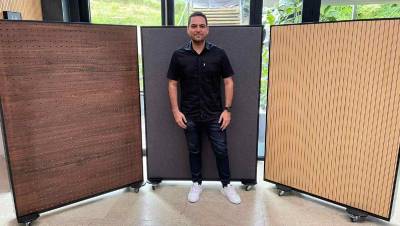


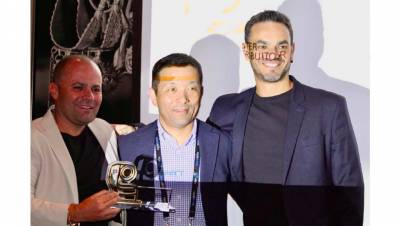
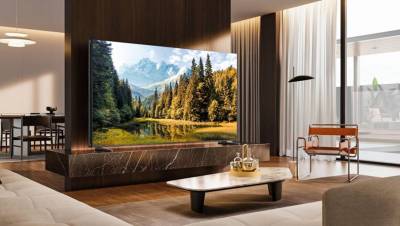


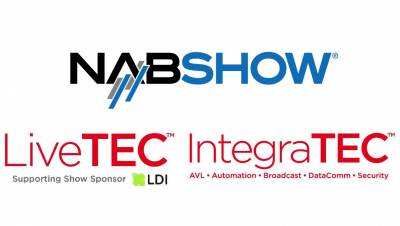
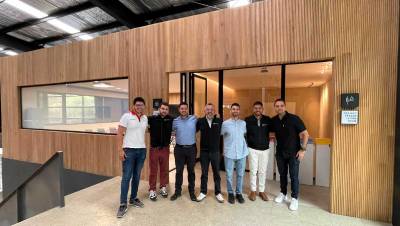

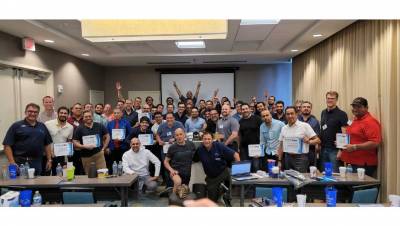

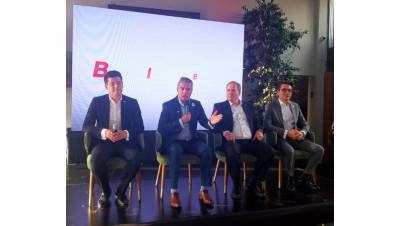
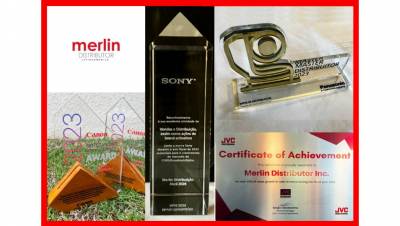








Leave your comment